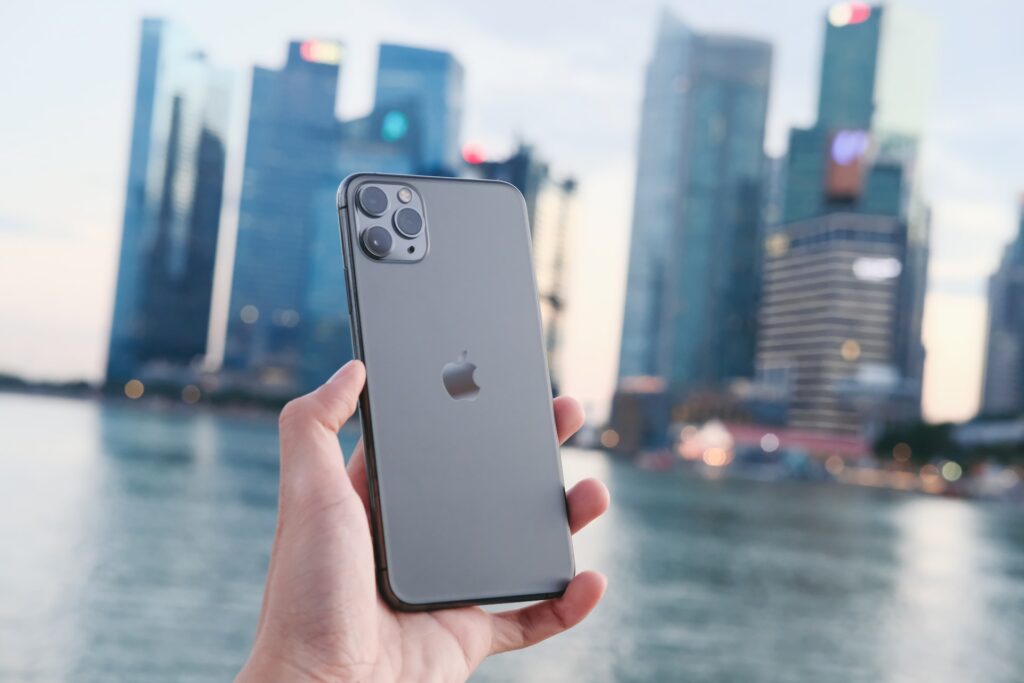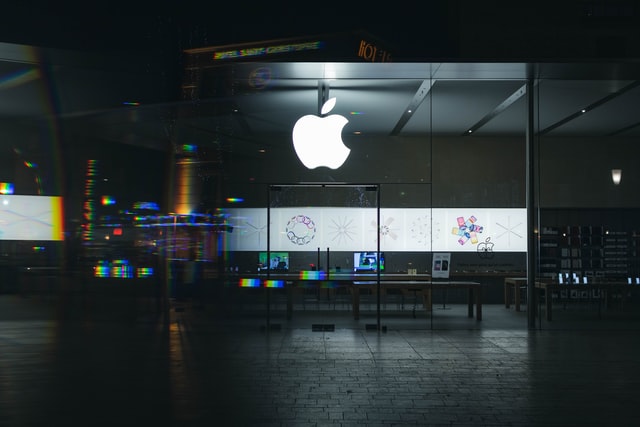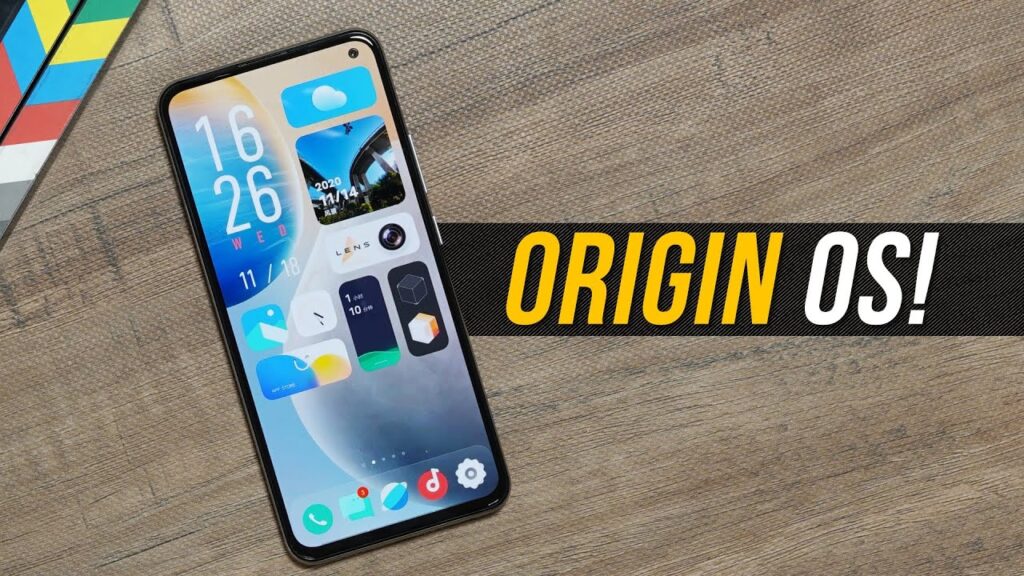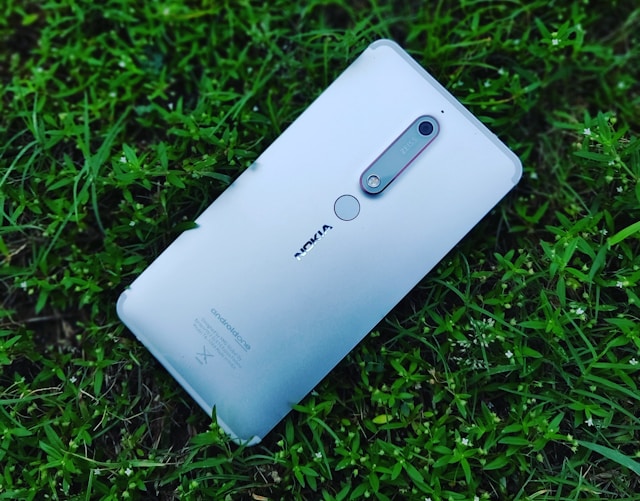With smartphones so ubiquitous today, people often forget that mobile apps are the “new thing”. Since the first mobile was released in the early 1970s, mobile app development has gone through many evolutions and changing our lives. There isn’t any sign of a slowdown in mobile app development yet. Emerging technologies such as artificial intelligence (AI), VR, AR, and blockchain are constantly affecting the process of mobile application development, and applications on mobile phones and wearable devices have gradually penetrated into people’s lives. So, what is the future of mobile app development, and how a professional app is developed?
Table of Contents
How has mobile app development evolved?
Martin Cooper invented the world’s first mobile phone in 1973, but it was nearly 20 years before the first commercially available cell phones began to pave the way for today’s technology. In 1993, IBM launched the Simon, the first mobile phone with a touchscreen and built-in apps, including contacts and a calendar. Next came the Java-based BlackBerry 5810 in 2002. This game-changing device includes integrated applications such as wireless email and provides the foundation for rapid mobile application development. Today, Java is still the main development language for Android-based applications.
In 2008, both Apple and Google launched online app stores. Nine months after Apple launched the App Store, its downloads have reached 1 billion times. In 2021, the number of first mobile application downloads by users worldwide on Apple and Android devices has reached 230 billion times. With the popularity of mobile phones, not only has the development of applications exploded, but their functions have also become more and more advanced. The original applications were mainly displayed based on the information entered by the user, but many applications today can already analyze the data to meet the user’s needs, even before the user expresses the need, it can provide the user with the required information.
5G lays the groundwork
The hype about 5G has been going on for nearly a decade, but most carriers won’t start rolling out 5G access services until 2024. It’s not just faster than current 4G technology, it’s exponentially faster, running 100 times faster than most existing networks. In addition, users can connect to 5G on any device, whether using a personal or corporate network, to mobile phones, wearable devices, and various machines. Due to its extremely fast speed, information is transmitted in milliseconds, reducing delivery delays and providing a better user experience.
The use cases for 5G are numerous, ranging from simple to complex. A simple use case could be for users to watch high-definition video on their device using 5G without buffering and without worrying about quality loss.
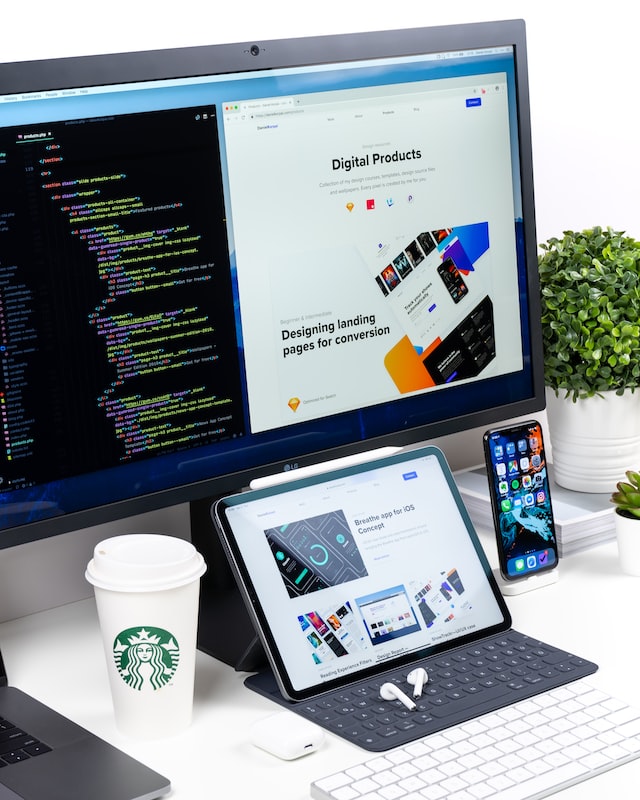
How are mobile apps developed?
Step 1: First of all, the first step in developing an app is to sort out the development requirements. At present, we need to sort out the following: main functions, industries, user groups, and pain points of user needs. At this time, if the ideas are very messy and complicated, then we need to organize these ideas by thinking about the combination of maps and pictures, and texts. If you have experience in this aspect of product management, then even better, but for the average person, it is better to also seek professional help.
Step 2: Then comes the budget assessment. The cost of development is not fixed. It will be judged based on the fineness of the app, functional requirements, and whether or not to use a server. Therefore, before developing an app, it is necessary to determine the number of users of the app, which functions the product needs, and of course, whether the company has enough cash flow to decide how much budget to spend on the development of the app.
Step 3: Complete the software prototype. In this step, we need to define the approximate page of an app, such as the distribution of icon positions, what is the main function, and what dynamic effects will be triggered after clicking. How many levels of the menu are there? What is the interaction logic between each menu? All of these can be designed using the prototype drawings of Figma & Sketch, which is very convenient for subsequent development and design. Of course, this step is very professional, so it is best to seek professional help.
Step 4: Go to the UI design of the app application. After determining the prototype picture, the designer will design according to the prototype picture, adjust the layout, optimize the interactive logic, and adjust and adapt according to different mobile phone systems and different screens.
Step 5: Then it comes to the most important part – development. Programmers will write code based on the needs of the functionality. The complete app application is roughly divided into three parts, namely the server side, the application side, and the web management side. Programmers must continue to optimize the application, including software smoothness, server network scheduling, and optimization, to provide the best experience to users. Finally, after the test is passed, it can be used. Of course, the software version will be iterated and maintained later.

